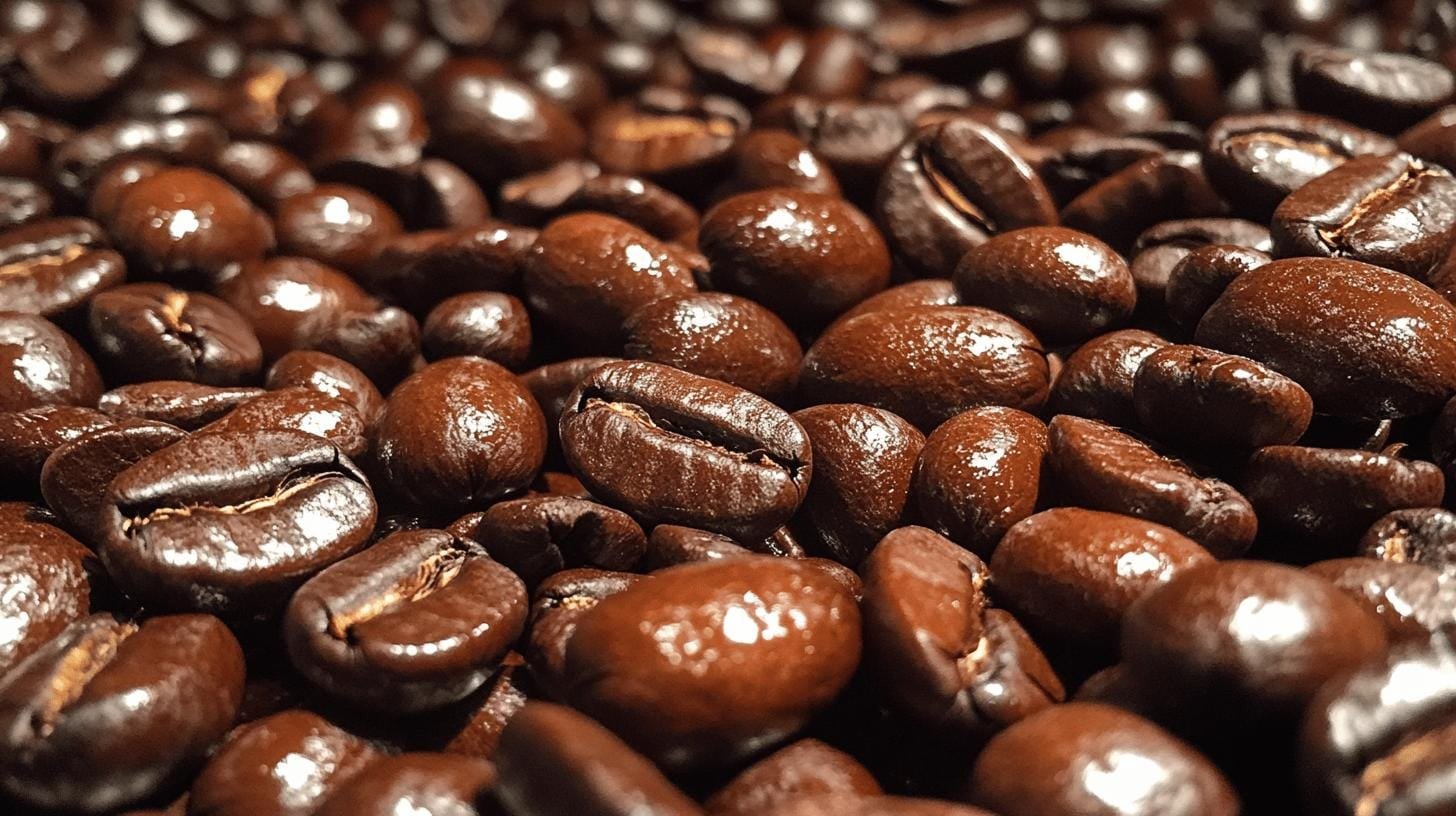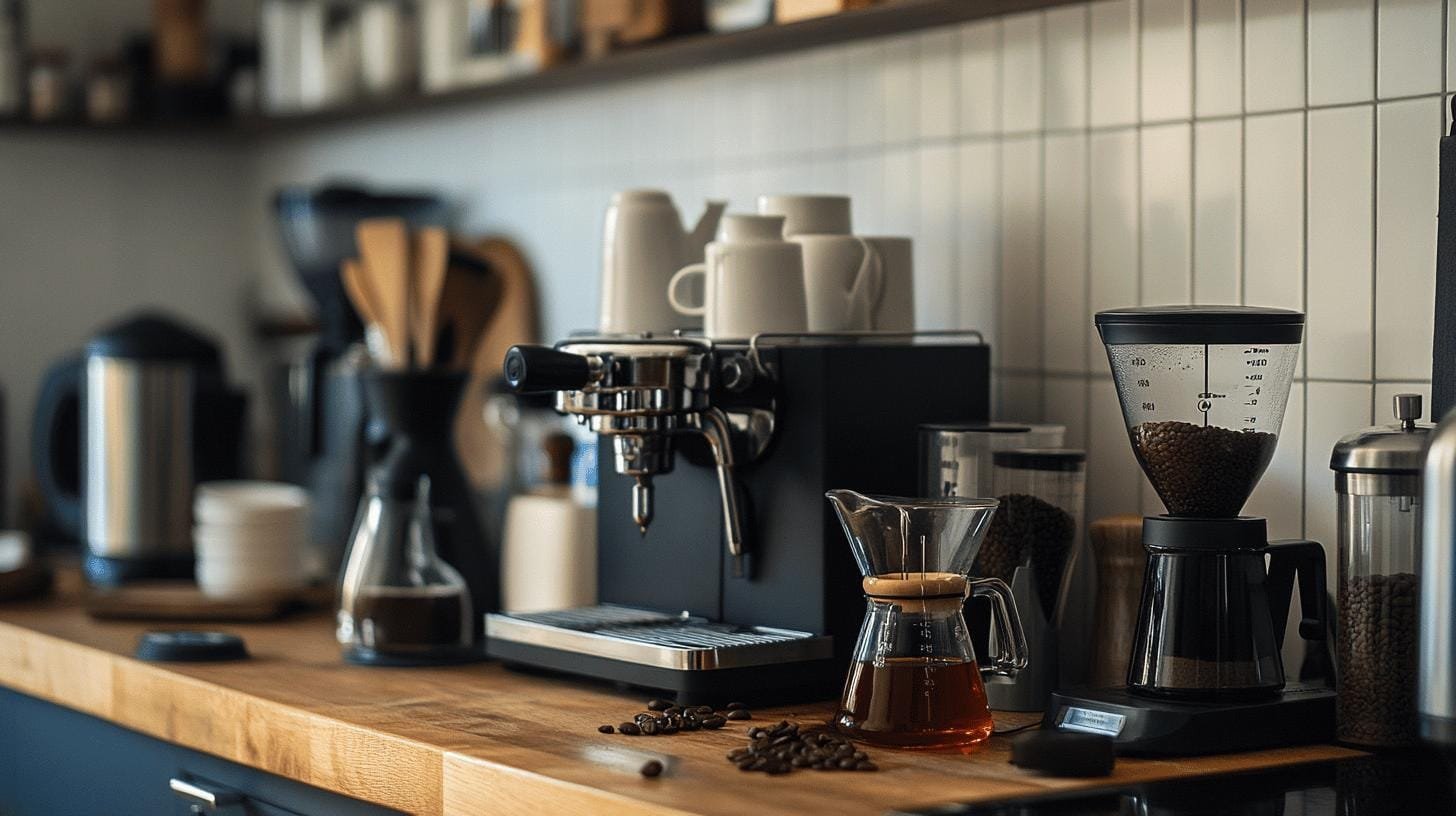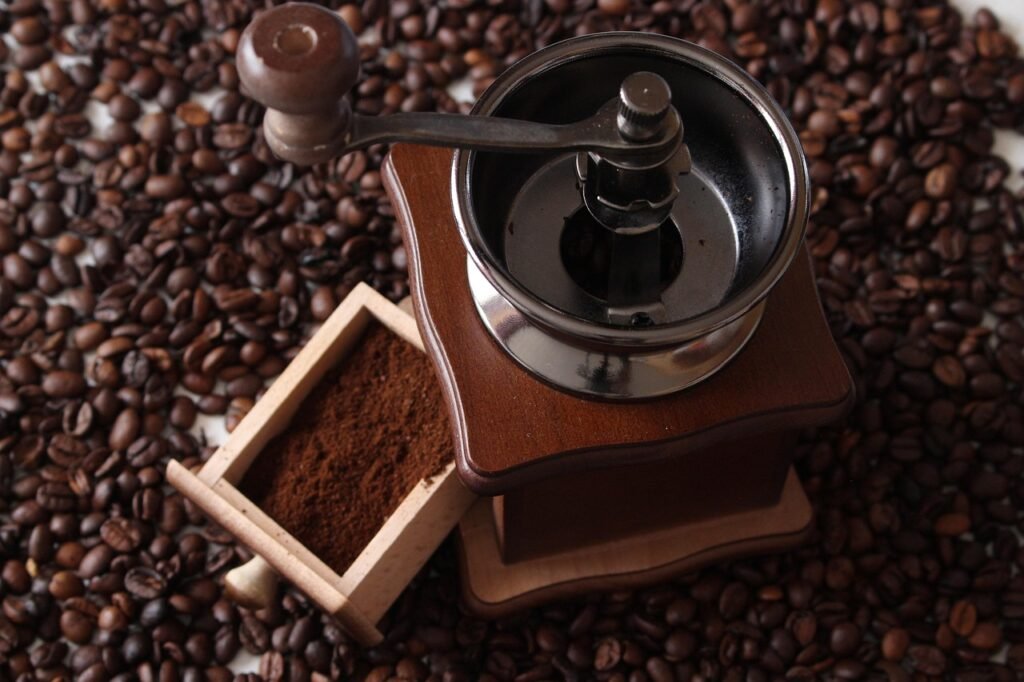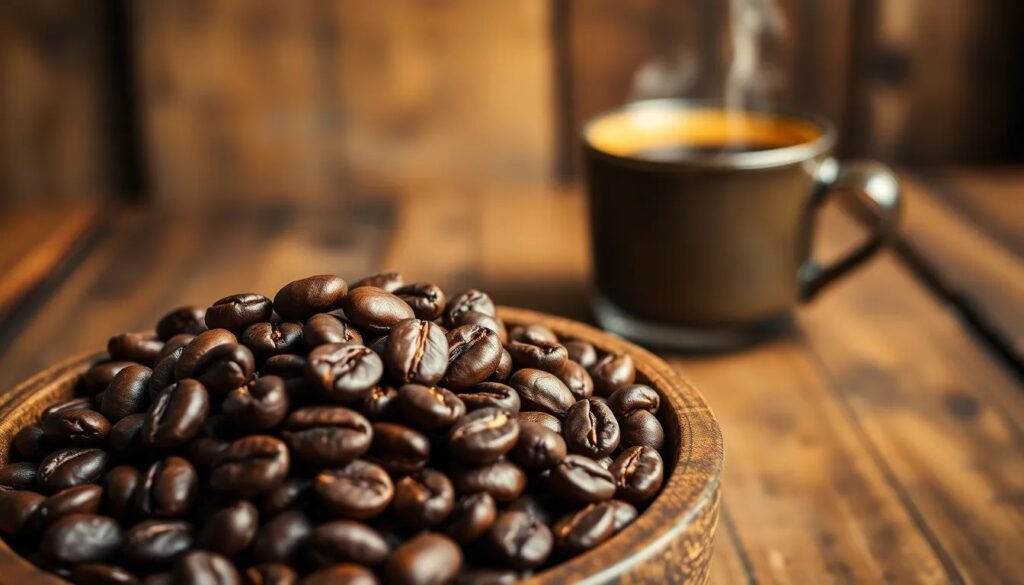
Artisanal Rituals for a Memorable Customer Experience
How can brands create a more balanced and memorable customer experience by blending artisanal product quality with thoughtful everyday rituals that keep people coming back?

Is dark roast coffee stronger in flavor? If you’ve ever pondered this while savoring your morning brew, you’re not alone. Many coffee enthusiasts believe that a darker roast packs a punch, delivering intense, robust flavors. But does that perception hold true, or is it more a matter of personal preference and brewing techniques? This article dives into the science behind coffee roast levels, debunking common myths and exploring the distinct flavor profiles that define light and dark beans. Get ready to uncover the real story behind the complex flavors of dark roast coffee.
Coffee roast levels—light, medium, and dark—play a crucial role in determining the flavor and acidity of your coffee. Light roasts often feature bright acidity and fruity, herbal, and floral notes. Medium roasts strike a balance, offering a more rounded flavor profile with hints of caramel and nutty undertones. Dark roasts bring out smoky, earthy, and chocolatey flavors. These differences stem from the varying degrees of heat and time the beans are exposed to during roasting.
A common misconception is that darker roasts are inherently stronger in caffeine content. In reality, the strength of coffee is mainly influenced by the brewing method and the coffee-to-water ratio. While dark roasts do have a bold and intense flavor, this results from the longer roasting process breaking down more of the bean’s natural sugars and oils, not an increase in caffeine content. A light roast can be just as strong if brewed with a higher coffee-to-water ratio.
Typical flavor notes associated with each roast level:

Is dark roast coffee stronger in flavor? Yes, dark roast coffee is generally perceived as having a stronger flavor compared to lighter roasts. This perception comes from the extended roasting process, which enhances the coffee’s bold, smoky, and sometimes bitter notes. The longer exposure to heat causes the beans to develop flavors often associated with richness and intensity.
During roasting, beans undergo chemical changes that alter their taste. Dark roasts are exposed to higher temperatures for longer, intensifying the flavor and bringing out smoky and chocolatey notes. This process can also result in a slightly burnt or ashy taste, contributing to the perception of a ‘stronger’ flavor. It’s key to note that the intense flavors are due to the breakdown of the beans’ natural sugars and oils, not an increase in caffeine content. Caffeine levels remain relatively consistent across roast levels.
Brewing methods further influence coffee’s flavor strength. Techniques like espresso or French Press can enhance the bold flavors of dark roast by using a higher coffee-to-water ratio, emphasizing its inherent richness. Conversely, a pour-over method might highlight subtler notes within the dark roast. The choice of brewing method lets you customize your coffee experience based on personal taste preferences.
Dark roast coffee is known for its bold, smoky, and chocolatey flavors. The extended roasting process darkens the beans and brings out these rich notes. This can also result in a slight burnt or ashy taste, adding to the perception of a stronger flavor. High temperatures break down the beans’ natural sugars and oils, creating a robust profile appreciated for its depth and complexity.
Light roasts are characterized by their bright acidity and fruity, herbal notes. The shorter roasting time preserves more of the bean’s original flavors, resulting in a delicate and nuanced taste. Light roasts often feature floral and citrusy undertones, making them a favorite for those who enjoy a lighter, more vibrant coffee experience.

The strength of coffee is significantly influenced by the coffee-to-water ratio used during brewing. For a stronger brew, a 15:1 ratio (15 grams of water for every gram of coffee) is recommended. This higher concentration of coffee results in a more intense flavor. Conversely, a 17:1 ratio yields a lighter, more balanced cup while still delivering great flavor. Adjusting this ratio allows control over the strength and taste of the final brew.
Different brewing methods can further enhance coffee strength. Techniques like AeroPress and French Press produce a robust cup due to their immersion brewing style. The AeroPress allows for rapid extraction, resulting in a concentrated and strong flavor. The French Press, with its longer steeping time, extracts more oils and solids, creating a fuller-bodied coffee. Pour-over methods, such as the V60, can be adjusted by changing the grind size and pouring technique to increase extraction and strength.
Using a scale is crucial for achieving consistency across various brewing methods. Measuring both coffee and water accurately ensures that each brew maintains the desired strength and flavor profile. This precision eliminates guesswork and allows for repeatable results, whether you prefer a strong, bold cup or a lighter, more nuanced brew.
Dark roast coffee is favored for its deep, rich flavor and reduced acidity, appealing to those who enjoy a robust taste profile. Dark roasts also offer potential health benefits, as they are rich in antioxidants, which help combat oxidative stress in the body. The roasting process enhances certain chemical compounds that can promote health, making dark roast a popular choice among health-conscious coffee drinkers.
There are drawbacks to dark roast coffee. The bold flavor can sometimes be overpowering, and it might verge on bitterness or a burnt note for some palates. This intensity can detract from enjoyment for those preferring a milder brew. Additionally, mass-produced dark roast beans might lack freshness. Home-roasting offers an alternative, providing potentially fresher and more flavorful coffee by allowing control over the roasting process.
Diving into the importance of understanding coffee roast levels reveals how crucial they are for determining flavor profiles and acidity.
Dark roast coffee offers bold, smoky flavors compared to the bright, fruity notes of light roasts. Effective brewing techniques can significantly enhance coffee strength, providing a more robust experience.
By grasping these concepts, coffee enthusiasts can enjoy a perfectly balanced cup, knowing that dark roast coffee isn’t inherently stronger but uniquely flavorful.
Dark roast coffee is not stronger in caffeine than regular coffee. The bold flavor may give the impression of strength, but caffeine content remains similar across different roast levels.
Dark roast coffee isn’t inherently more effective for weight loss than other roasts. Weight loss benefits are generally attributed to the caffeine content, which is similar across roast levels.
Some find dark roast coffee problematic due to its bitter, burnt flavor. Additionally, it has less acidity, which some people prefer for their stomach health or taste preference.
The “strength” of coffee is subjective. Light roasts have a higher acidity and fruity flavors, while dark roasts offer bolder, smokier flavors. Both have similar caffeine levels.
Dark roasts provide a bold, smoky flavor, while medium roasts offer a balanced taste with slight acidity. Preference is subjective and depends on individual taste preferences.

How can brands create a more balanced and memorable customer experience by blending artisanal product quality with thoughtful everyday rituals that keep people coming back?

Independent coffee shops have always been about more than caffeine—they’re hubs of creativity, connection, and care. As café culture continues to evolve, new trends are

Introduction Independent cafes win when they feel like the neighborhood’s living room and operate with the discipline of a great kitchen. Below is a quick

Discover how top specialty coffee brands create lasting loyalty through storytelling, sourcing, and community connection. Real tips from 6 industry experts.

Discover the ultimate showdown between two beloved coffee brewing methods: the French press and Chemex. Explore how each technique caters to distinct palates, with the French press delivering bold flavors and the Chemex presenting a bright, clean taste.

Unlock the secrets to brewing the perfect cup of coffee with our comprehensive guide on using a coffee scale. Discover how precise measurements enhance flavor and consistency while eliminating bitterness.

Discover how water temperature plays a vital role in brewing the perfect cup of coffee. This article delves into the ideal temperature range of 195°F to 205°F for optimal flavor extraction, enhancing the enjoyment of high-quality beans.

Discover the world of curated specialty coffee bundles, perfect for enthusiasts seeking quality and craftsmanship. This article explores the benefits of ethically sourced, small-batch beans from brands like Equipoise Coffee, offering diverse flavor profiles that elevate your brewing experience.

Discover the art of manual brewing to elevate your coffee experience! This article explores various techniques like pour-over, French press, and AeroPress, revealing how they enhance flavor and your connection to every cup.